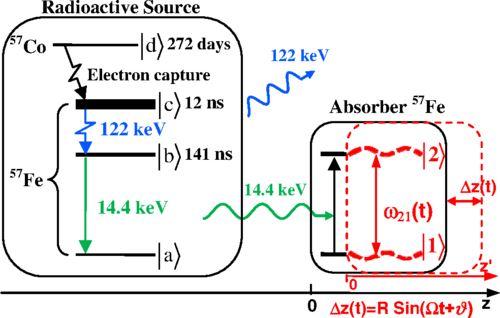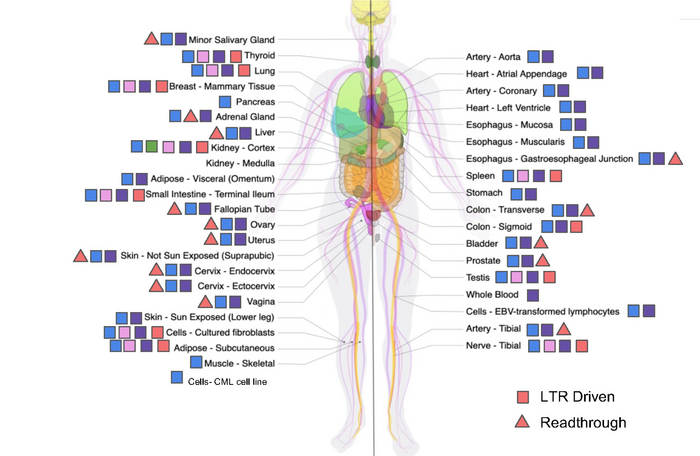A paper appeared in Physical Review Letters

Credit: Kazan Federal University
Researchers from Kazan Federal University, Texas A&M University and Institute of Applied Physics (Russian Academy of Sciences) found ways to direct high frequency gamma radiation by means of acoustics.
The paper describes an optical “switch” – a device able to let through or stop gamma quanta by switching the acoustic field. Basically, the mechanism makes iron “transparent” for gamma rays when needed.
Mossbauer Spectroscopy Lab of Kazan Federal University showed acoustically induced transparency of a resonant medium for gamma radiation in an experiment. The essence of this phenomenon lies in the transformation of the spectrum of the absorption line into a comb structure consisting of satellite lines spaced from the main line by the frequency of the acoustic field. For the experiment, gamma quanta with an energy of 14.4 keV were used, which are emitted during the decay of the excited state of the iron-57 nucleus.
“By acting on the absorber containing the Fe-57 nuclei with the help of a piezoelectric transducer, it was possible to achieve for the optically dense absorber to become transparent to resonant gamma rays. The absorber was attached to a piezoelectric transducer, which vibrated at a certain frequency and amplitude. At an oscillation amplitude corresponding to a modulation index of 2.4, the absorption of photons with an energy of 14.4 keV was suppressed 148 times,” explains Mossbauer Spectroscopy Lab Head Farit Vagizov. “This effect is analogous to the effect of electromagnetically induced transparency in optics, when radiation in one frequency range is used to control electronic transitions of atoms in another frequency range. As you know, the effect of electromagnetically induced transparency in atomic media has a fairly wide area of potential applications: the creation of controlled delay lines, devices for recording and reproducing quantum information, frequency standards in atomic clocks, and much more.”
This effect showed that with the help of low-frequency (~10-40 MHz) acoustic excitation, it is possible to control the process of transmission of high-frequency electromagnetic radiation with a frequency of more than 1013 MHz through the resonant medium. This effect may turn out to be useful for controlling the generated radiation on modern synchrotron sources and X-ray lasers, as well as for creating promising quantum devices.
###
Media Contact
Yury Nurmeev
[email protected]
Original Source
https:/
Related Journal Article
http://dx.





